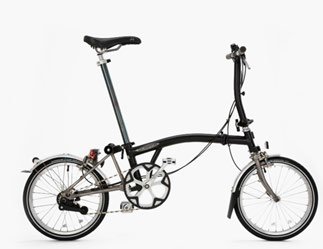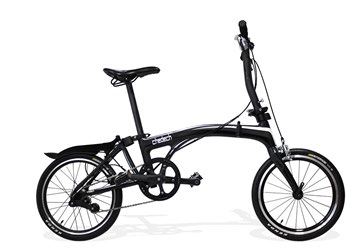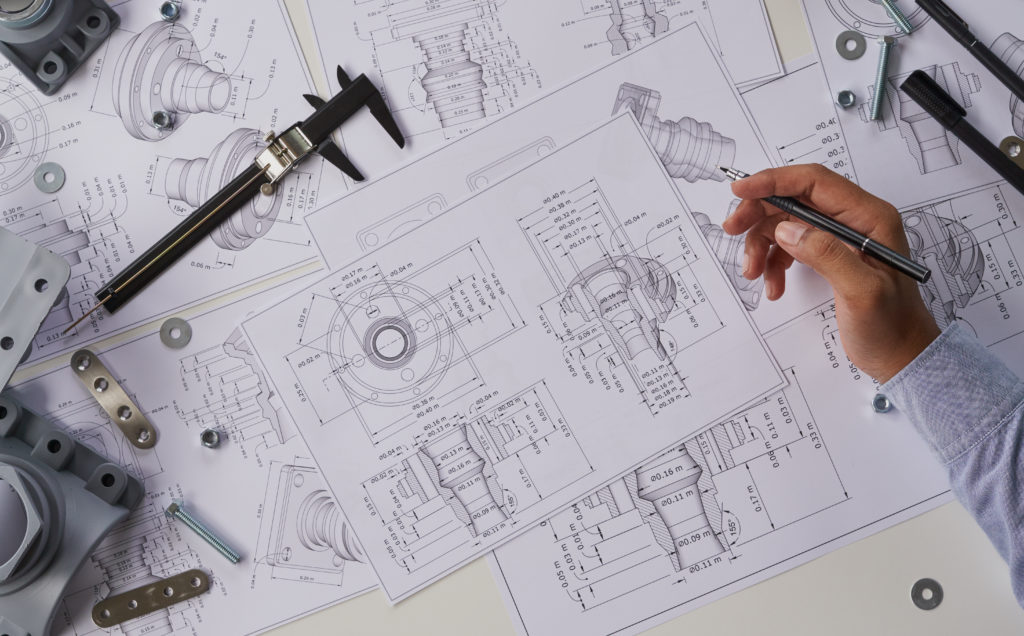Create an artistic work and you get 70+ years of protection against unauthorised copying of the work. On the other hand, if you create a product that is not artistic, then you are left with up to 20 years of patent protection to protect the way the product works, and up to 25 years of design protection for the shape or appearance of the product.
Since there is such a large difference in the protection available for these different categories of IP, and since the line between artistic works, protected by copyright, and industrial designs, protected by design law, can become blurry, any time the CJEU is asked to consider copyright protection of functional products, this is watched with interest by many.
The recent Brompton decision by the CJEU (case C-833/18) explores the rules for determining whether and to what extent copyright protection is available for a functional product and so may help designers predict whether their work will be able to benefit from the more generous terms available under copyright for artistic works.
At issue in the decision was an alleged infringement of Brompton’s folding bicycle copyright by Get2Get. The lower court had referred several questions of law to the CJEU in order to complete the lower court’s decision on the facts of the case.
Previously, Brompton protected their folding bicycle with patent GB1580048 that broadly protected any bicycle where the frame folds using a hinge and a pivot. This protection ran from just before the European Patent Office started operations in 1977, until 1997.
Now that their broad registered protection has expired, Brompton is only able rely on asserting that the appearance of their bicycle product (below, left) had been copied by Get2Get’s product (below, right).


On Get2Get’s side, the argument was that no copyright protection existed for the common elements of the designs, because the common elements are functional and therefore are not the result of the author’s creative freedom.
In their decision, the CJEU confirmed that copyright protection can be available for parts of a product whose appearance is not exclusively dictated by its technical function, provided and only to the extent that the author expresses their own creative freedom in the appearance of that part.
For both design rights and copyrights, shapes dictated solely by technical function are ineligible for protection. In the case of design rights, this is an explicit exclusion in the law. On the other hand, for copyright, it has been decided in case law that the author cannot exercise creative freedom if their work is dictated by technical considerations, and therefore such a work is not eligible for copyright. Additionally, the CJEU indicated that:
- The motivations of the alleged infringer for using a shape are not relevant when deciding whether the shape is dictated by technical function.
- The existence of a previous patent for the subject-matter is not itself decisive, although the technical description contained therein may be relevant to determine whether a shape is dictated by technical function.
- The existence of multiple possible shapes that achieve a technical result does not mean that a final design was chosen based on a factor other than technical function, and the selection among different possible shapes may still be dictated exclusively by technical function.
From this decision, we can conclude that it is likely that some copyright will exist for a product such as the Brompton bicycle, since most consumer products involve at least some aesthetic considerations in their design, in parallel with technical considerations. However, the copyright subsists specifically in the parts of the work that go beyond what is dictated exclusively by technical function, and therefore the contribution of the copied copyrighted element is likely to be only a part of the overall copied product, making it more complicated to value the damage caused by copying a partially-copyrighted product. It will be interesting to see how the lower court applies this decision as the Brompton case continues.
While copyright protection (where applicable) is an automatic right, monopoly protection in Europe is only available via patents if the application has been filed before the subject invention has been disclosed, and via registered designs if the application has been filed within one year of first disclosure of the subject design. As a result, it is important to consider intellectual property proactively at an early stage of product development to ensure that appropriate IP protection is, and remains, available throughout the development phase. If you would like more information about patent or design protection, please contact James at James.PrankerdSmith@gje.com.

